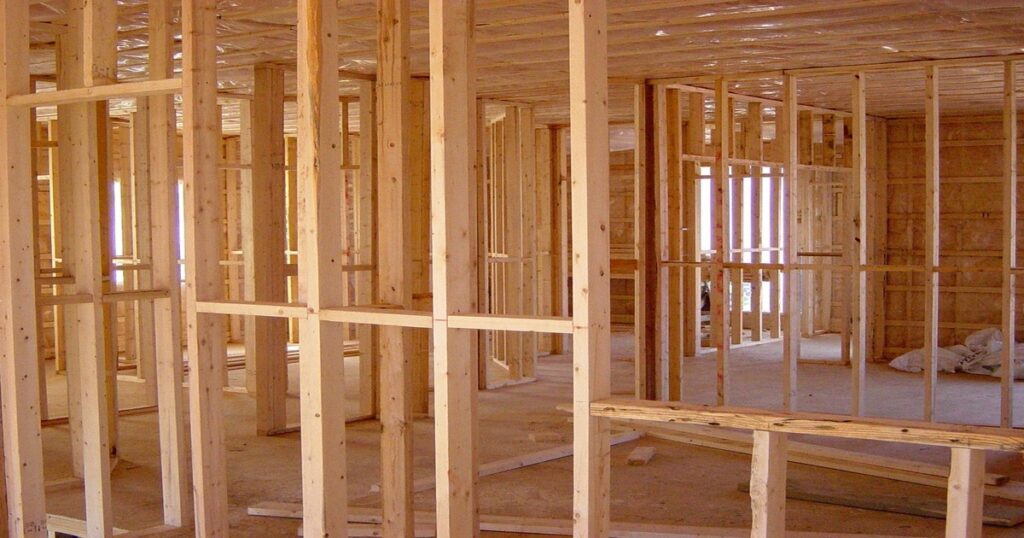Timber has been used to construct building structures throughout history. The material’s natural available, higher strength to weight ratio and design flexibility makes it a favorite for those in the field to work with.
Today, it’s used for traditional buildings and as a complement to modern construction. From attractive houses and temples, to contemporary high rises, timber complements a range of structures across the world.

Timber structural engineering
Working with timber wants a specialist knowledge of the natural material’s properties, particularly as it is an anisotropic material, meaning it has different positions of strength in different directions. Design consideration should also be given to how the material will move or slither as the it ages, under different environmental conditions. Special attention should be given to the design of timber connections, as incorrect detailing can cause splitting and failure of the timber.
A timber structural engineer will select the suitable type of timber for a project, based on factors such as strength, durability, availability, cost, and sustainability. This decision-making process secure that the chosen material aligns with the vision of the client and considers environmental factors.
As with any structural engineer, they will collaborate with architects, builders, contractors, and other professionals on-site to secure an effective construction process. Clear communication and effective project management are essential requirements of the work.
Structural analysis
Before construction is ready to start, structural analysis is carried out using up to date software and calculations. This step looks at how the element of a structure, such as beams, columns, trusses, and connections, respond to different forces, loads, and external influences.
Timber structural engineers secure that any stresses on the timber components remain within safe limits. They follow proper building codes, regulations, and standards which provide guidelines that consider factors like fire resistance, moisture content, and durability.
Benefits of using timber in a project
As mentioned before in this article, timber has a high strength-to-weight ratio and provides many design options. There are even more advantages to using timber though, such as:
1.Sustainability: If harvested accountably from a well-managed forest, timber can be one of the most sustainable materials to use as there is little to no damage to the environment.
2.Good thermal properties: As well as being sustainable, timber is also incredibly energy accomplished. It has low thermal conductivity meaning it hold heat in and provides a good amount of insulation.
3.Lightweight: The characteristics of some types of timber make it an incredibly lightweight material to work with. This is helpful when it comes to construction as it makes for a quicker process.
4.Ability to resist the effects of a corrosive environment: Timber is more stable in moist or humid environments such as swimming pools and leisure facilities, where steel may be disposed to rusting.